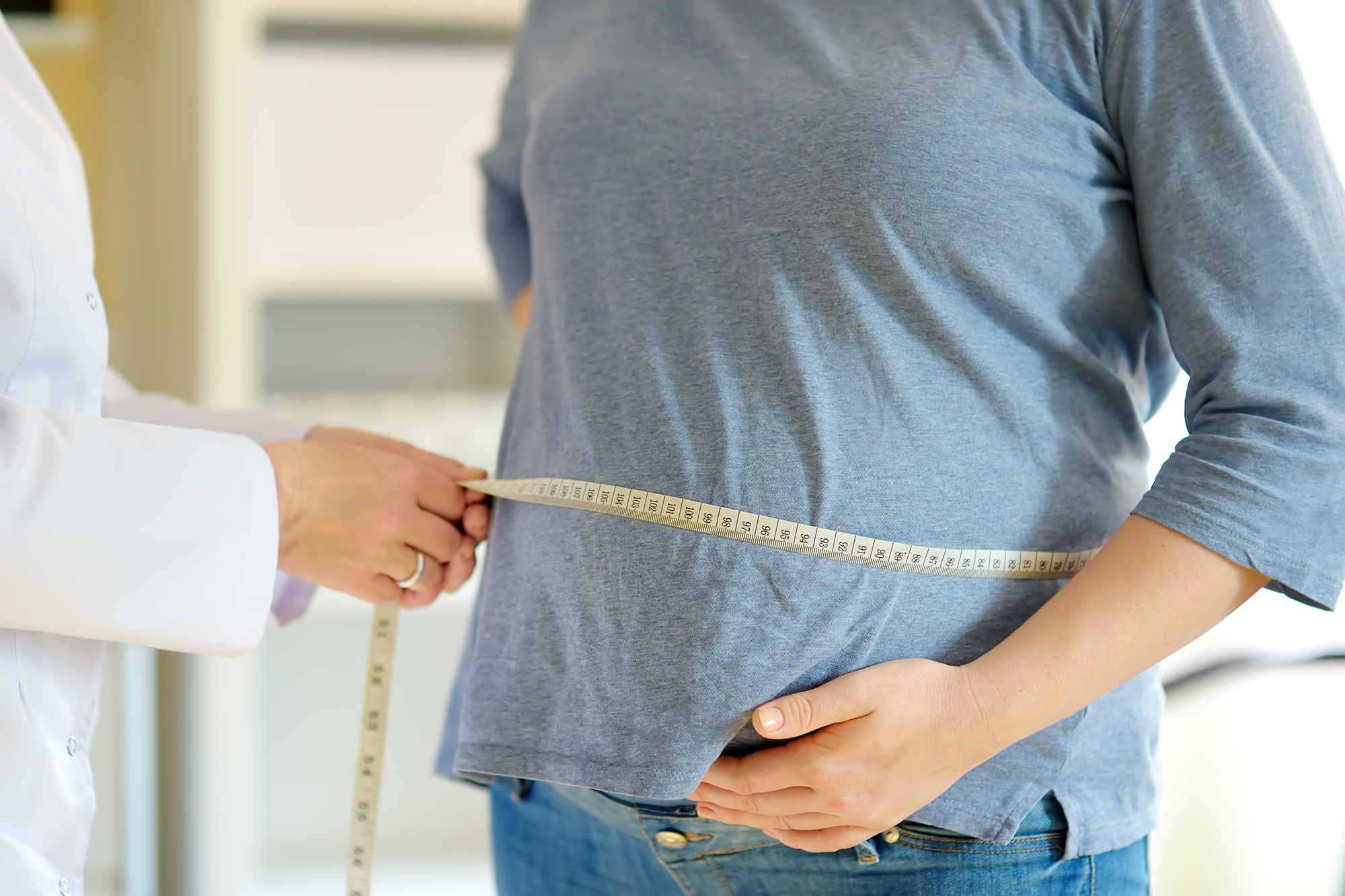Osteoporosis is a type of bone disease that occurs when too much bone is lost, not enough bone is made or a combination of both. This causes the bones to weaken and puts patients at high risk for fractures. In the United States, approximately 54 million people have osteoporosis.
Exploring the Causes
When healthy, the bones look like a honeycomb when viewed under a microscope. When this condition is present, however, the holes that can be viewed are much larger. They have lost mass or density and contain a tissue structure that is abnormal. Once someone is in their early 20s, they have reached peak bone mass. The bones are constantly renewing themselves and as old bone breaks down, new bone is made. However, as aging occurs, the creation of new bone does not keep up with the breaking down of old bone, resulting in a loss of bone mass.
There are certain risk factors that people have no control over that increase the chances of developing this condition. These include being female, being of Asian descent or white, having a smaller body frame, being older or having a family history of osteoporosis. The following are additional risk factors that someone has some control over:
- Lowered sex hormone levels
- Overactive adrenal or parathyroid glands
- Too much thyroid hormone
- Eating disorders
- Not getting enough calcium
- Gastrointestinal surgery
- Certain medications, such as those for gastric reflux, transplant rejection, seizures or cancer
- Certain medical condition, such as celiac disease, liver or kidney disease, lupus, multiple myeloma, inflammatory bowel disease, cancer, and rheumatoid arthritis
- Excessive alcohol consumption
- Sedentary lifestyle
- Tobacco use
Learning About the Symptoms
In the early stages, it is common for patients to experience no symptoms. However, as the weakening of the bones progresses, it is possible to experience:
- Back pain associated with a collapsed or fractured vertebra
- Stooped posture
- Over time, patients might lose some of their height
- Bone fractures that occur with minimal trauma
Delving into the Diagnostic Process
Those concerned about their bone density should speak to their doctor or specialist, such as an endocrinologist. In most cases, the process starts with a bone density scan. This may involve the use of bone densitometry or dual-energy x-ray absorptiometry. Patients will be assessed both a Z score and T score. The Z score looks at a person’s bone amount compared to others in their age group. The T score looks at a person’s bone amount compared to younger people. Most commonly, the bones associated with the wrist, hip and spine are evaluated for this testing.
If a patient has a bone fracture or injury that prompted their osteoporosis evaluation, the following tests might also be discussed:
- Spinal CT scan to look for fractures or abnormal alignment
- Spinal MRI to look for signs of underlying disease that could have caused the problem, such as cancer, and to explore how new the fracture is
- Bone x-ray to look for bone fractures
Examining the Treatment Options
There are treatment options available. Once it is determined that someone has osteoporosis, doctors often start by examining their lifestyle and general health. Ensuring that patients achieve a healthy body weight, get sufficient protein, have adequate vitamin D and calcium levels and get enough exercise are often explored. From here, medical interventions can be discussed.
Using the information obtained via testing, patients and their doctor can discuss their bone density and fracture risk to determine which type of treatment is needed. Those considered to be at a higher fracture risk might be prescribed bisphosphonate medications, such as alendronate, ibandronate, risedronate or zoledronic acid. These medications come in different options concerning their administration. Some are oral pills that are generally taken monthly or weekly, while others are injected yearly or quarterly.
If patients are not able to take bisphosphonate drugs, there are a couple of other options that might be explored. The first is denosumab which works similar to bisphosphonate medications. Every six months, patients have it administered via injection under the skin. The second is teriparatide which works similar to the parathyroid hormone. It is usually prescribed for two years and patients get an injection each day under the skin. After the two years is up, another drug for osteoporosis is usually given to maintain the bone growth achieved with teriparatide.
If hormones are contributing to a patient’s osteoporosis hormone therapy might be considered. For example, if a woman’s osteoporosis is linked to reduced estrogen levels, she might be prescribed estrogen replacement therapy. There are risks with estrogen, however, such as an increased risk of endometrial and breast cancer, and blood clots. Because of this, doctors might discuss drug raloxifene with their patients. It does not carry all of the risks of estrogen but mimics its beneficial effects. In men, if testosterone is low and contributing to osteoporosis, they too might consider hormone replacement therapy.
Patients who consume excessive amounts of alcohol or smoke might work with their doctor to make the necessary changes. Preventing falls is also important since fractures are more likely when bone density is reduced. Using mobility aids, and making changes at home, such as getting rid of throw rugs and installing grab bars can be beneficial.
Tampa residents over age 50 who break a bone or have other risk factors for this condition should consult their doctor or specialist. Testing bone density is not difficult and can provide a wealth of information about bone health, as well as let patients know if treatment should be considered.








